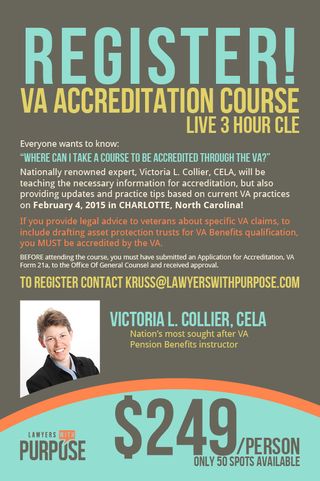How does a personal care plan differ from a healthcare proxy, healthcare power of attorney or a living will? There are two distinctions between the various healthcare directives offered; One, grants authority, expression of personal wishes. A healthcare proxy or healthcare power of attorney grants legal authority to someone else to make medical and healthcare decisions on one’s behalf. A living will and personal care plan, on the other hand, are a mere expression of the wishes one would like to have happen in the event of their inability to make their own healthcare or medical decisions but does not grant authority to anyone to do anything. It is also important to further distinguish the difference between a living will and personal care plan. A living will traditionally identifies as want end of life healthcare preferences. Typically these relate to resuscitation, blood transfusions, incubation, and the like. Typically one initials each treatment you do not want or signs an overall statement states none be performed. The shortfall of a living will is it only deals with "end of life" medical decisions. A personal care plan, on the other hand, identifies your preference regarding lifetime care, after one becomes unable to make their own decisions.
 The LWP™ client centered personal care plan allows clients to identify how often they would like their hair done, the maintenance of their oral hygiene, what they would like to do for entertainment, and hobbies, what to watch on TV, favorite books or authors, foods they commonly eat or do not like to eat, drinks, or continuation of habitual patterns accustomed to (i.e., a glass of wine at night with dinner).
The LWP™ client centered personal care plan allows clients to identify how often they would like their hair done, the maintenance of their oral hygiene, what they would like to do for entertainment, and hobbies, what to watch on TV, favorite books or authors, foods they commonly eat or do not like to eat, drinks, or continuation of habitual patterns accustomed to (i.e., a glass of wine at night with dinner).
A personal care plan also expresses wishes for attending family events and the terms and conditions of attending them. Most provide that, in attending family events, they are not a "burden" to their loved ones and are able to "derive enjoyment" from it. A personal care plan also provides instructions regarding end of life and integrates all wishes expressed with the authorities granted in the healthcare proxy or healthcare power of attorney. A properly drafted personal care plan also addresses the client's feelings on organ donation, and even funeral and burial instructions. Another great use of personal care plans are for disabled children, created by their parent or guardian to ensure their needs are provided after the parent’s ability to do so.
Now that we are clear on what a personal plan is, is it enforceable? Most states have laws providing that written expression of wishes shall be considered in the care of those who write them. The real question is can you ensure someone will do it? The best way to ensure the plan is followed is to integrate the personal care plan with the clients trust to require the trustee to carry out all of its terms set out in the personal care plan. Allowing the trustee to utilize the assets of the trust, can ensure one’s wishes are maintained. But on a more practical level, a personal care plan serves as a set of instructions for the family so they feel helpful in the care provided for their loved one. A properly drawn personal care plan is a great tool to ensure the client is receiving the care designed as outlined in the personal care plan and more importantly alleviates the stress and guilt for those that love the individual to help provide them what the individual had hoped. Having a personal care plan, clearly beats hanging out in a wheelchair all day in front of a TV.
Don't you agree?
If you want to learn more about Lawyers With Purpose and what we have to offer, join our Thursday, March 12th at 4EST or 7EST for our "Having The Time To Have It All… 3 Time Strategies To Have A Practice With Profit And Purpose".
If you're a Lawyers With Purpose member you already have access to this information on the members website!
David J. Zumpano, Esq, CPA, Co-founder Lawyers With Purpose, Founder and Senior Partner of Estate Planning Law Center









